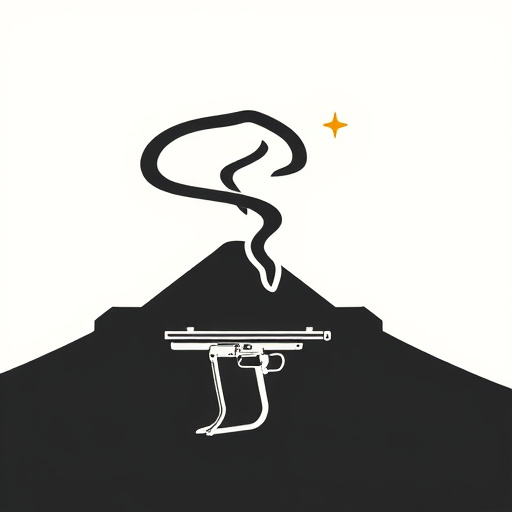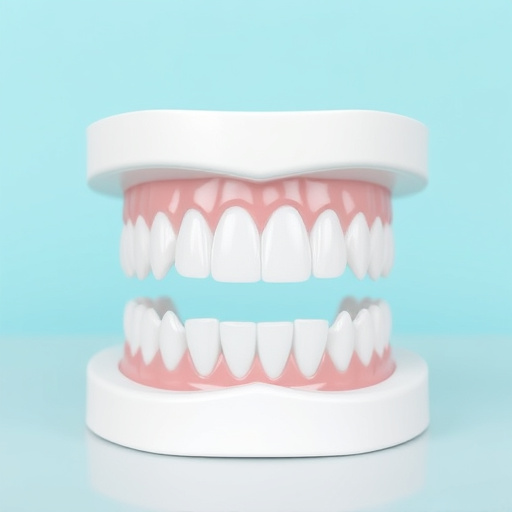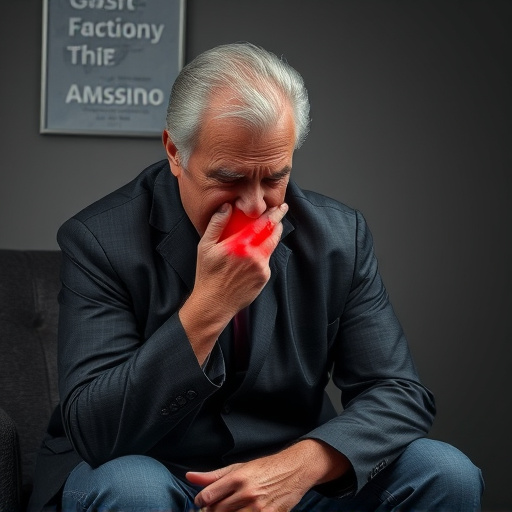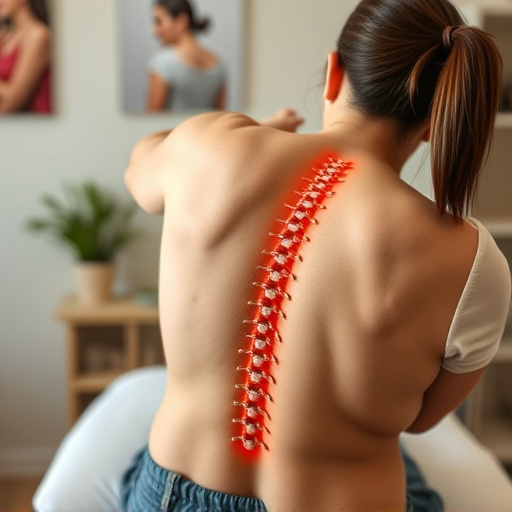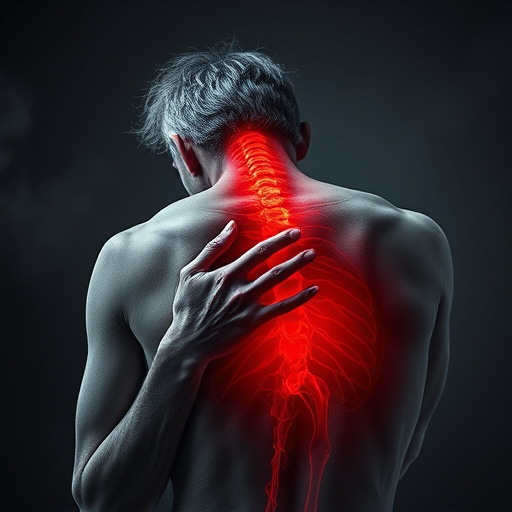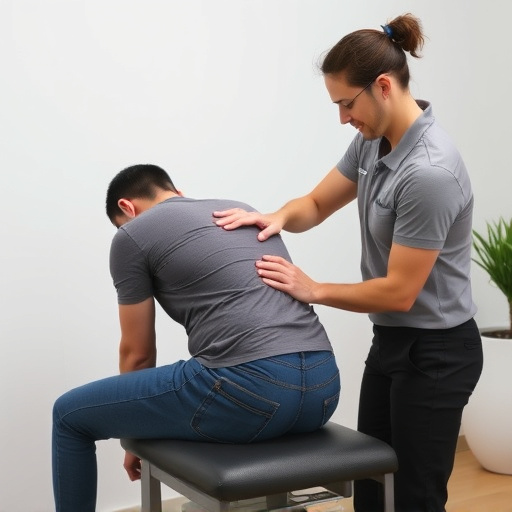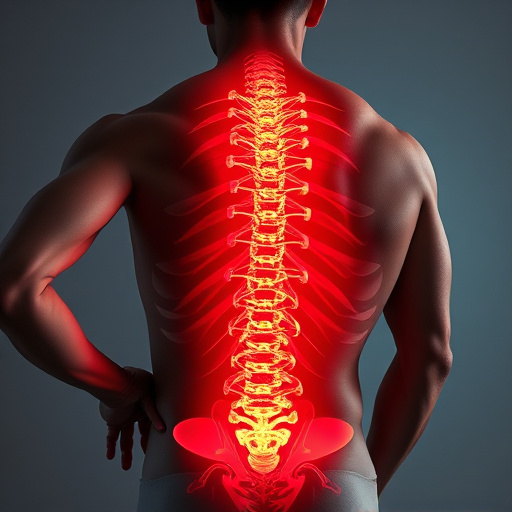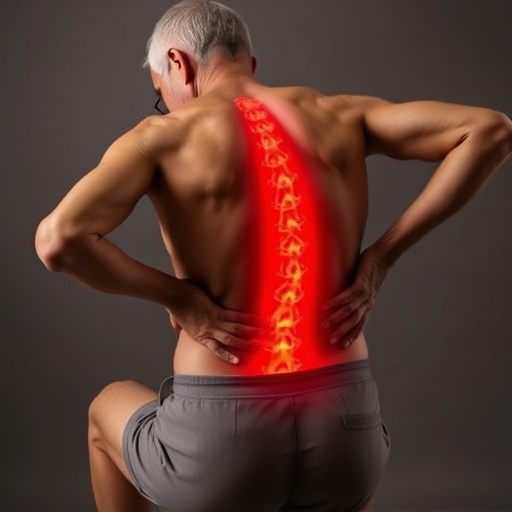A pinched nerve after a car accident is a common but often overlooked injury. Chiropractors specialize in diagnosing and treating these issues through adjustments and targeted therapies. Care may include RICE method, physical therapy, heat/ice therapy, massage, medication, or corticosteroid injections for severe cases, aiming to reduce pressure, alleviate symptoms, and promote natural healing for pinched nerve relief.
After a car accident, injuries can be severe, including pinched nerves—a common yet often overlooked consequence. This article delves into understanding these injuries, their telltale symptoms, and diagnosis techniques. We explore effective treatment options for achieving much-needed pinched nerve relief. From initial assessment to advanced therapies, learn how to navigate the path to recovery after a car accident-related pinched nerve.
- Understanding Pinched Nerves After Car Accidents
- Common Symptoms and Diagnosis Techniques
- Effective Treatment Options for Relief
Understanding Pinched Nerves After Car Accidents

After a car accident, many victims experience various injuries, and one common yet often overlooked issue is a pinched nerve. This occurs when an impact or trauma during the collision compresses or irritates a nerve, leading to pain, numbness, or tingling sensations in affected areas. Understanding how these nerves get pinched and what steps can be taken for effective relief is crucial for managing symptoms effectively.
Seeking wellness care from qualified professionals like chiropractors who specialize in spinal adjustments can play a significant role in pinched nerve relief. These experts can diagnose the specific nerve involvement, determine the severity of the compression, and employ various techniques to restore nerve function. From manual adjustments to targeted therapies, these methods work towards reducing pressure on the affected nerves, alleviating symptoms, and facilitating the body’s natural healing process.
Common Symptoms and Diagnosis Techniques

After a car accident, one of the most common issues individuals experience is pinched nerve relief, or what’s often referred to as compressed nerves. This can manifest in various symptoms, including sharp pain, numbness, tingling sensations, and weakness in the affected area, usually the arms, legs, or back. The discomfort can range from mild irritability to debilitating, significantly impacting mobility and daily activities.
Diagnosing a pinched nerve involves a combination of physical examinations, medical imaging, and patient history. Healthcare professionals may employ techniques such as X-rays, MRIs, or CT scans to identify the location and severity of nerve compression. Post-injury care often includes rest, ice, compression, and elevation (RICE) to reduce inflammation and pain. Additionally, therapeutic exercises focused on strengthening muscles and improving flexibility can aid in pinched nerve relief, specifically targeting sciatica relief if the lower back is affected.
Effective Treatment Options for Relief

When dealing with pinched nerve relief following a car accident, several effective treatment options are available. Therapeutic exercises, such as stretching and strengthening maneuvers, can significantly alleviate pressure on the affected area, providing much-needed pinched nerve relief. Physical therapy is another powerful tool, focusing on tailored movements to enhance flexibility, restore mobility, and achieve chronic pain relief.
Additionally, non-invasive modalities like heat or ice therapy, massage, and medication can offer temporary but effective solutions for managing symptoms. In more severe cases, interventional procedures such as corticosteroid injections or nerve blocks may be recommended by healthcare professionals to target the source of discomfort and promote faster recovery, ultimately improving mobility and quality of life after a car accident injury.
After a car accident, understanding and addressing pinched nerve relief is crucial for comprehensive injury care. By recognizing common symptoms and utilizing effective diagnosis techniques, individuals can embark on the path to recovery. Various treatment options, ranging from conservative measures to advanced therapies, offer promising avenues for achieving lasting pinched nerve relief. As you navigate this process, remember that seeking professional medical advice is essential for tailored solutions and a successful recovery journey.



